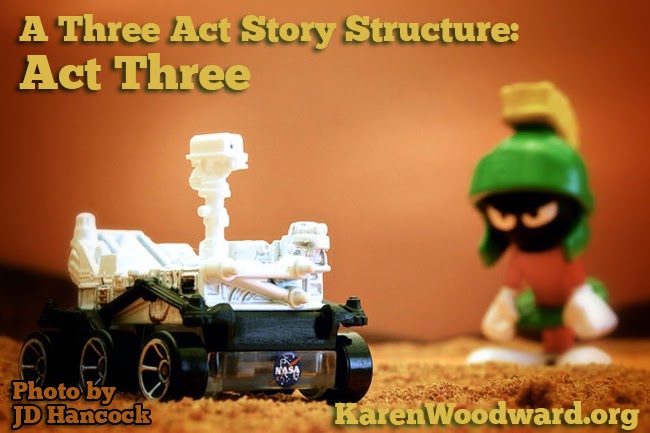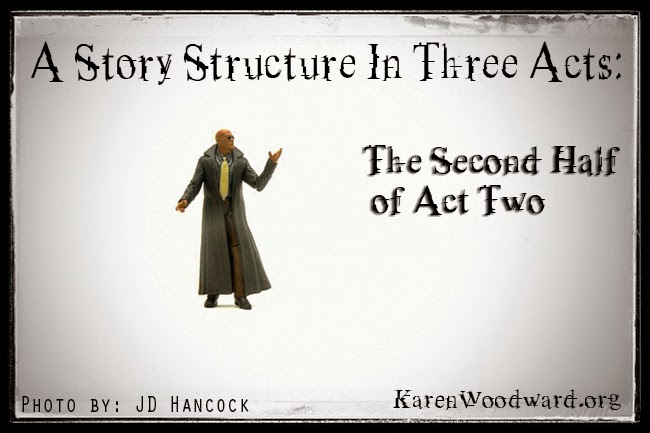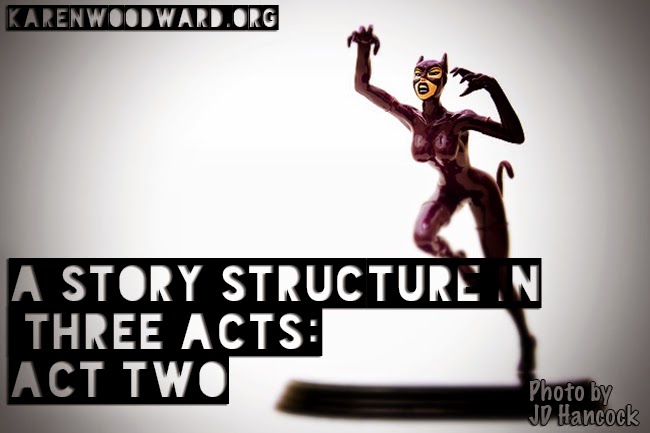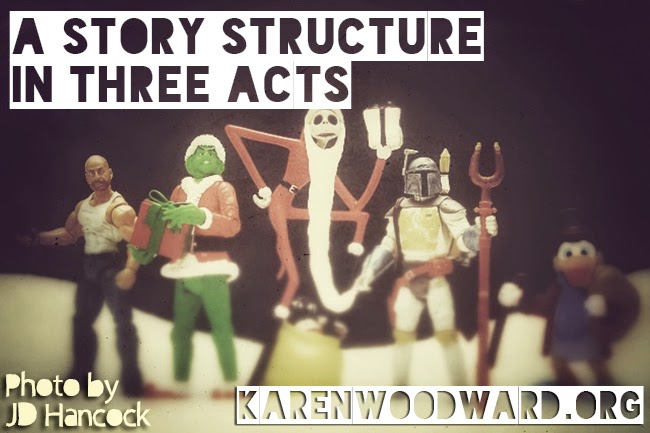I’ve been obsessed. That’s my excuse for not posting anything for the past week or so. Like Dr. Frankenstein, I’ve been busy creating (in my case, programming) my own personal monster.
Yes, this is the very same writing analysis program I began creating months ago as a way to figure out whether Stephen King was taking his own advice when it came to adverbs.
Writing: An Art or a Science?
Lately I’ve become interested in, perhaps even obsessed with, the question, “What is this thing we do, writing, and is it an art (a dark one!) or a science?”
If writing is an art—which it undoubtedly is in certain respects—then we wouldn’t expect there to be objective criteria for success or failure in the same way there are in, say, engineering or physics.
Engineers know the tensile strength of various substances. They know how they react when exposed to various conditions. If a beam breaks when it encounters a specific force then we expect that whenever a beam composed of the same material in such and such conditions is exposed to that very same force it will break as well.
This is, of course, not true when it comes to writing. The very same story will have the power to reduce one person to a puddle of tears but will leave another cold. And, yes, certainly, this has a great deal to do with these individuals’ different life histories, as well as their differing temperaments, but the fact remains that we cannot predict the effect a story will have on someone in the same way we can predict the effect a blow will have on, say, a pane of glass.
Further, in science we have objective measures regarding whether various statements are true. What lies at the heart of the scientific method is testing two hypotheses against each other, two statements that make contradictory predictions concerning observable phenomena.
In art, though, no such rules apply. Beauty is in the eye of the beholder.
When you write, you are free to write about whatever you choose in whatever manner you choose. I love that about this peculiar form of expression. As Stephen King has said, writing is an extension of our souls; it is a way to reach across space and time to share our thoughts and emotions with others.
So there IS a kind of measure of success. Did you communicate what you intended? If so, you succeeded.
The Craft of Writing
I’ve always, somewhat stubbornly, held that there must be a quantifiable difference between strong and weak writing.
To quantitatively define this difference is the purpose of my program. (Yes, I know. Tilting at windmills. ;)
Two Qualifications
1. I’m not saying that some writing is good and some bad.
2. I’m not talking about story, just about prose.
At one of the writing conferences I attended, a workshop on pacing, we were urged to read (or re-read) the Da Vinci Code with an eye to plot and pacing. Sure, when it comes to prose my taste runs more to Neil Gaiman or Margaret Atwood, but Dan Brown is no slouch when it comes to setting a brisk pace.
And James Patterson, while he did win the Edgar Allan Poe Award for Best First Novel, has purposefully, self-consciously, changed his style. He uses short sentences made up of short, easy to understand, words. He is, in many ways, every bit the craftsperson other writers are, but his focus is on producing easy to read, fast paced, suspenseful prose. Stephen King may not care for Patterson’s prose but it is the way it is through effort as opposed to inexperience or inattention.
Groups A and B
I don’t want to use the terms “good books” and “bad books” because I view these terms as shorthand we all use, myself included, to talk about books which we like as opposed to those which we don’t. Instead, I’m going to talk about literary books versus non-literary ones.
Group A
These books are National Book Award winners as well as finalists and semifinalists for various prestigious book awards.
Group B
“Fifty Shades of Grey” is in group B as is “Atlanta Nights” by Travis Tea. You get the idea.
There are other books, Stephen King’s “Needful Things,” for instance, that occupy a no-man’s land between the two groups. I love King’s writing. He is a skillful writer, but there is a difference between, say, “Under The Dome” and “The Goldfinch.” I’m not saying one is better than the other, or even that one is more skillfully done. But there is a difference.
The Point
So, where am I going with this?
For me, writing is fundamentally about the communication of thoughts and feelings. Certain types or kinds of writing can do that better than others. That itself is something objective, something publicly observable.
Yes, of course, good grammar has a part to play in this, but there are more subtle factors at work. At times, the writing itself can be distracting. For instance, an over-reliance on “-ly” adverbs can distract one from the thoughts the writer is attempting to express, as can overuse of verbs ending in “-ing.”
Similarly, liberal use of “very” and other modifiers can make one’s text feel bloated and difficult to read.
Yes, the thought expressed by two sentences, one bloated, the other not, can be the same, but folks are much more likely to skip the former (tl;dr) and read the latter.
In any case, what I’ve been spending every spare nanosecond on is looking at the words that have been used to express various stories and seeing if there’s some sort of a … well, a regularity. I’ve been hoping to pick up on something objective, something that could help me figure out whether a certain book is closer to Group A or Group B.
So, really, I guess I’m looking for an objective measure for a subjective impression.
In any case, I’ve gotten my analysis program to the point where it assigns a book a number that represents whether it’s closer to Group A or Group B.
A Result
In part, I began this program as a reaction against claims that certain words are inherently weak and, therefore, shouldn't be used.
It can make sense that certain words, for example, “things,” are inherently weak because they are so vague and, as such, should be shunted aside in favor of more concrete terms. Instead of “things” talk of seashells and clouds, cats and alligators. Trade in the nebulous for the specific.
Sounds good, doesn't it?
But what would you say if I told you that Group A books have a higher frequency of use of “things” than do Group B books? They do!
That particular result knocked my proverbial socks off!
For example, Margaret Atwood uses “things” 153 times per 100 thousand words in “The Handmaid’s Tale.” Similarly, Marilynne Robinson uses it 214 times per 100 thousand words in “Lila,” a National Book Award winner. In contrast, E.L. James in “Fifty Shades of Grey” uses it only 30 times per 100 thousand words.
In Conclusion
What does this mean? I’m not sure it means a whole lot, but it is a reminder not to take admonitions, especially when it comes to writing, at face value.
I’m not saying that just because, for instance, a National Book Award finalist used a certain word in her book that you should go and do the same. Not at all! I’m just saying that, clearly, one can use “things” quite a bit and still write a hell of a book!
As I continue to measure my expectations against reality I hope I will continue to be amazed. Thanks for reading!
Photo credit: "random" by Robert Couse-Baker, CC BY-2.0.










